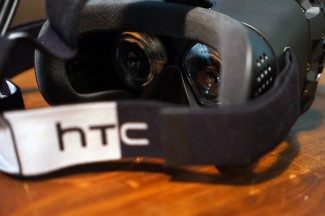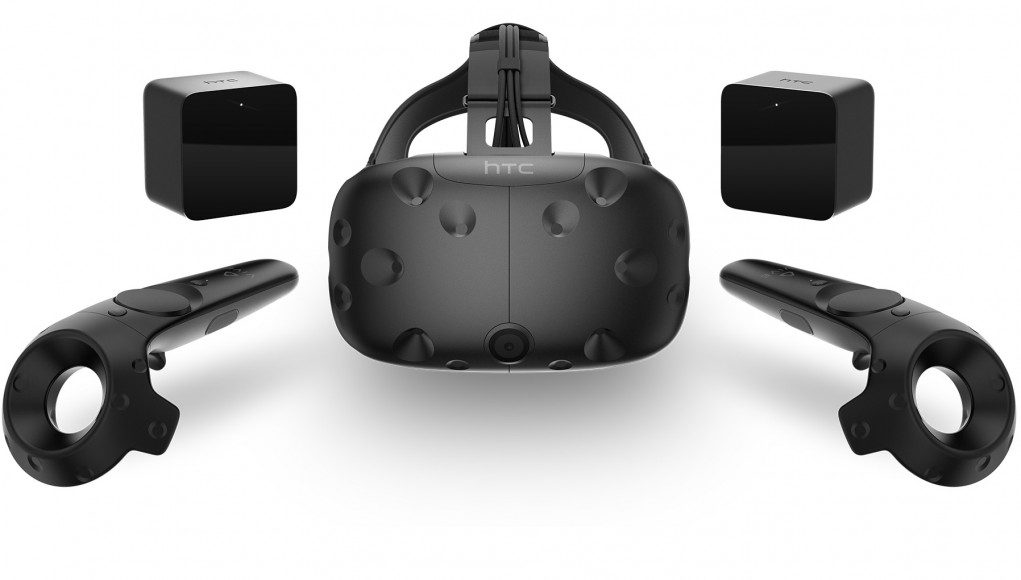The SteamVR powered HTC Vive virtual reality system may see an updated “HTC Vive 2.0” before the end of the year according to a report citing suppliers to the Taipei based firm.
The HTC Vive, powered with technology developed by gaming giant Valve, had an impressively short gestation period. Although we can’t be sure precisely when Valve began working in earnest on its own competitor to the Oculus Rift, the Vive’s release to consumers just over 12 months after its first reveal (shipping eventually in April) at GDC 2015 is rapid by consumer electronics standards.

In light of this impressive feat, compromises were likely made to the final consumer model of the Vive, and despite the system’s impressive room-scale credentials, most critics agreed that however impressive experiences were using HTC’s hardware, its fit and finish left a little to be desired when compared to its sleeker rival the Oculus Rift. Lack of integrated headphones, with a bulkier front-heavy design and a heavy collection of cables trailing behind it gave the impression of a headset which had been pushed to market somewhat earlier than was ideal.

Indeed, we had reported earlier on improvements HTC had planned for the Vive. Speaking with HTC’s Brian Lowe at the company’s 2015 SHVR Jam, Executive Producer working on VR content told Road to VR about design changes originally planned for consumer HTC Vive which included thinner, lighter cable, modular headphones and overall improvements in size and weight distribution. This was in comparison to the then current DK1 which had already shipped to developers. Although the company did indeed deliver improvements in its CES 2016 reveal of the ‘Pre’ model Vive, most visibly completely redesigning the controllers (as Lowe had stated), the overall form factor of the headset when it became available for Pre-order in February this year remained largely unchanged.
Now, a report citing hardware suppliers to HTC claims that we may see a new version of the Vive within the next 6-8 months, sporting a sleeker design and upgraded components. The report claims we may see “HTC Vive 2.0”, as they put it, toward the end of 2016 or the beginning of 2017.

Donning our ‘wild speculation’ hats, we don’t expect a major overhaul in terms of core technology should this new HTC Vive revision indeed appear – so resolution of internal panels and FOV seem likely to remain the same. But it does seem plausible that the ergonomic design improvements originally revealed to Road to VR last year could make their way into a mid-generation refresh and indeed such changes would improve consumer appeal as VR attempts to break beyond the enthusiast market.
We’ve reached out to HTC for comment on the story and will report back should we hear anything.
UPDATE: 18/07/2016 @12pm ET: We received an official response from HTC on this story, they told us simply “We have no comment at this time.”







